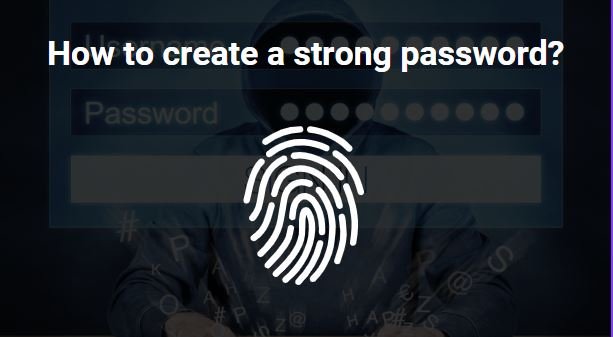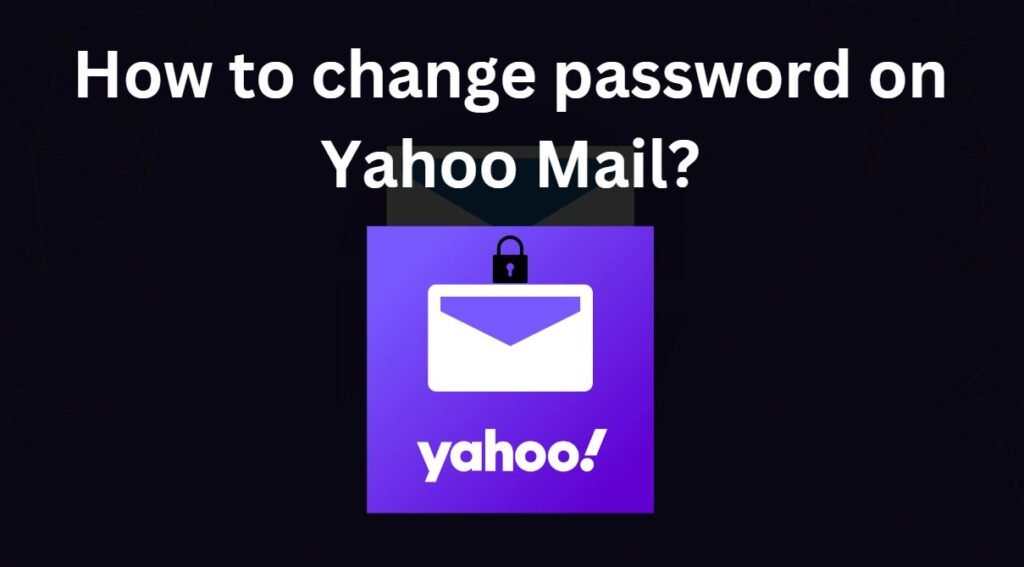| 🔑🔒 Learn how to create strong passwords that will keep your online accounts safe from prying eyes. 🕵️♂️ 🕵️♀️ Plus, discover the power of two-factor authentication (2FA) and password managers to lock down your online presence. 💻📡 |
Create a Strong Password in 2024

In the digital world where online safety is crucial, creating a strong password is essential for safeguarding your accounts and information. This article will guide you through the process of crafting secure passwords and offer practical tips to remember them without compromising your protection.
General information about the ‘Password’.
| 1. Password Overload | An average person juggles around 100 passwords. |
| 2. Common Pitfall | “Password” is the most widely used password worldwide. |
| 3. Popular Trends | Sports teams, movie characters, and food top the password charts. |
| 4. Stressful Resetting | About 30% of individuals in the US and UK find password resets as stressful. |
| 5. Memorization Power | Surprisingly, 40% of US respondents commit their passwords to memory. |
| 6. Security Alert | Beware of 6-character passwords—they’re easier to crack. |
| 7. Market Outlook | The global password management market is projected to exceed $3 billion by 2025. |
| 8. Breach Vulnerability | Weak passwords contribute to 30% of users falling victim to data breaches. |
| 9. Record-Breaking Breach | The largest data breach exposed almost 11 billion user records. |
The Foundation of Online Security – Strong Passwords
Understanding the Anatomy of a Strong Password
To create a password that’s tough to crack, you need to focus on building a strong foundation. Here are the essential components you should consider:
Length Matters
A longer password is generally more secure. Aim for a minimum of 12 characters to enhance the complexity and strength of your password.
Mix It Up
To create a strong password, mix it up! Include uppercase and lowercase letters, numbers, and special characters. This combination makes your password harder for hackers to guess, like a tough puzzle they’ll have trouble solving.
Avoid Common Words and Phrases
To safeguard your online accounts, ditch those easily guessed passwords like your name, birthdate, or “password123.” Instead, craft a unique password that’s unrelated to your personal information.
Use different password for every account
The only truly safe way to protect your accounts is to create a unique password for each one. Even if you have a hundred accounts, creating a hundred unique passwords is the safest bet. This is because hackers can easily link your email address to multiple online accounts and use the same password to gain access to all of them.
Regularly update your passwords
Remember to change your passwords regularly! Most people don’t change their passwords often enough. Only 31.3% of internet users change their passwords once or twice a year. But the longer you use a password, the more likely it is to have been compromised in a data breach. For example, the Collection 1-5 breach exposed 2.2 billion unique passwords in January 2019. That’s a staggering number of compromised accounts!
Google’s recommendation to create strong password.
The Challenge of Creating and Remembering Strong Passwords
Creating a strong password is just the first step; the real challenge lies in remembering it. Here are practical strategies to help you tackle this hurdle:
Mnemonic Devices
Associate your password with a memorable phrase or acronym. For example, turn “I love hiking in the mountains” into “ILH1k1nM#.”
Passphrases for the Win
Consider using a passphrase – a sequence of random words or a sentence. This provides both strength and ease of remembrance. For instance, “BlueSky$RainyDay!” can be a powerful passphrase.
Personalized Acronyms
Create an acronym using a combination of letters from a phrase that only you would understand. This adds a personal touch to your password, making it more memorable.
Here are some ideas to help you create a longer password that’s easy to remember:
- Pick a lyric from a song or poem.
- Use a meaningful quote from a movie or speech.
- Select a passage from a book.
- Create a series of words that hold personal meaning for you.
- Make an abbreviation by using the first letter of each word in a sentence.
Tools to Assist in Password Management
Password Managers
Password managers are invaluable tools for both creating and remembering secure passwords. They generate complex passwords, store them securely, and autofill login details as needed. Examples include LastPass, Dashlane, and 1Password.
Two-Factor Authentication (2FA)
Enhance your security with 2FA. Even if someone gets hold of your password, they would still need a secondary authentication method to access your accounts.
(We will discuss more about 2FA in separate blog post!)
In the digital era, safeguarding your online presence starts with a strong password. By understanding the principles of crafting secure credentials and adopting effective strategies for remembering them, you can fortify your online defenses. Explore the use of password managers and embrace two-factor authentication to create a multi-layered security approach. Remember, a strong password is your first line of defense against cyber threats.
Crafting and remembering secure passwords may seem challenging, but the investment in your online security is well worth the effort. Stay vigilant, stay secure.
How to create a strong password?
By following above mentioned steps, you can create a strong password.
What is an example of a strong password?
A strong password typically includes a combination of uppercase and lowercase letters, numbers, and special characters. Here’s an example:
Example Strong Password: J#u9lP2a$w0rD!
What is a creative password?
A creative password is a unique and clever combination of characters, numbers, and symbols that is designed to be both strong and memorable. Creative passwords often involve personal elements, such as favorite phrases, inside jokes, or unique combinations that are not easily guessed.
These passwords go beyond simple words or common patterns, making them more resistant to hacking attempts. The creativity lies in finding a balance between complexity and memorability, ensuring that the password is strong enough to withstand cyber threats while being something the user can easily recall.
What is the best password?
The best password is one that is strong, unique, and not easily guessable. It should ideally be a combination of letters (both uppercase and lowercase), numbers, and special characters. Avoid using easily accessible personal information, such as names, birthdays, or common words.
Additionally, it’s crucial to have different passwords for each of your accounts to enhance security. Consider using a passphrase or a combination of unrelated words to create a strong and memorable password. Regularly updating your passwords and enabling two-factor authentication further adds an extra layer of protection.
How strong is my password?
To assess the strength of your password, consider the following factors:
Length: Longer passwords are generally stronger. Aim for at least 12 characters.
Complexity: Include a mix of uppercase and lowercase letters, numbers, and symbols to enhance security.
Unpredictability: Avoid using easily guessable information, such as common words, phrases, or personal details.
Uniqueness: Refrain from using the same password across multiple accounts to prevent widespread access if one gets compromised.
Regular Updates: Change your password periodically to reduce the risk of unauthorized access.


